Have you ever wondered which long-lost creatures from Earth’s past might actually thrive if they were suddenly transported to our modern world? While climate change has pushed countless species to extinction, it’s fascinating to consider how some ancient animals might adapt surprisingly well to today’s environmental conditions. The answer might surprise you more than you think.
Scientists now understand that past extinctions weren’t simply caused by one factor, but rather a combination of rapidly changing climate, shifting vegetation patterns, and increasing human pressures. Today, species face similar challenges as they must either adapt in place through microevolution or move to habitats with suitable conditions, though the speed of recent climate change makes this incredibly difficult. Let’s explore which prehistoric giants and ancient survivors might actually flourish in our current climate. So let’s get started.
Woolly Mammoth: Arctic Ecosystem Engineers
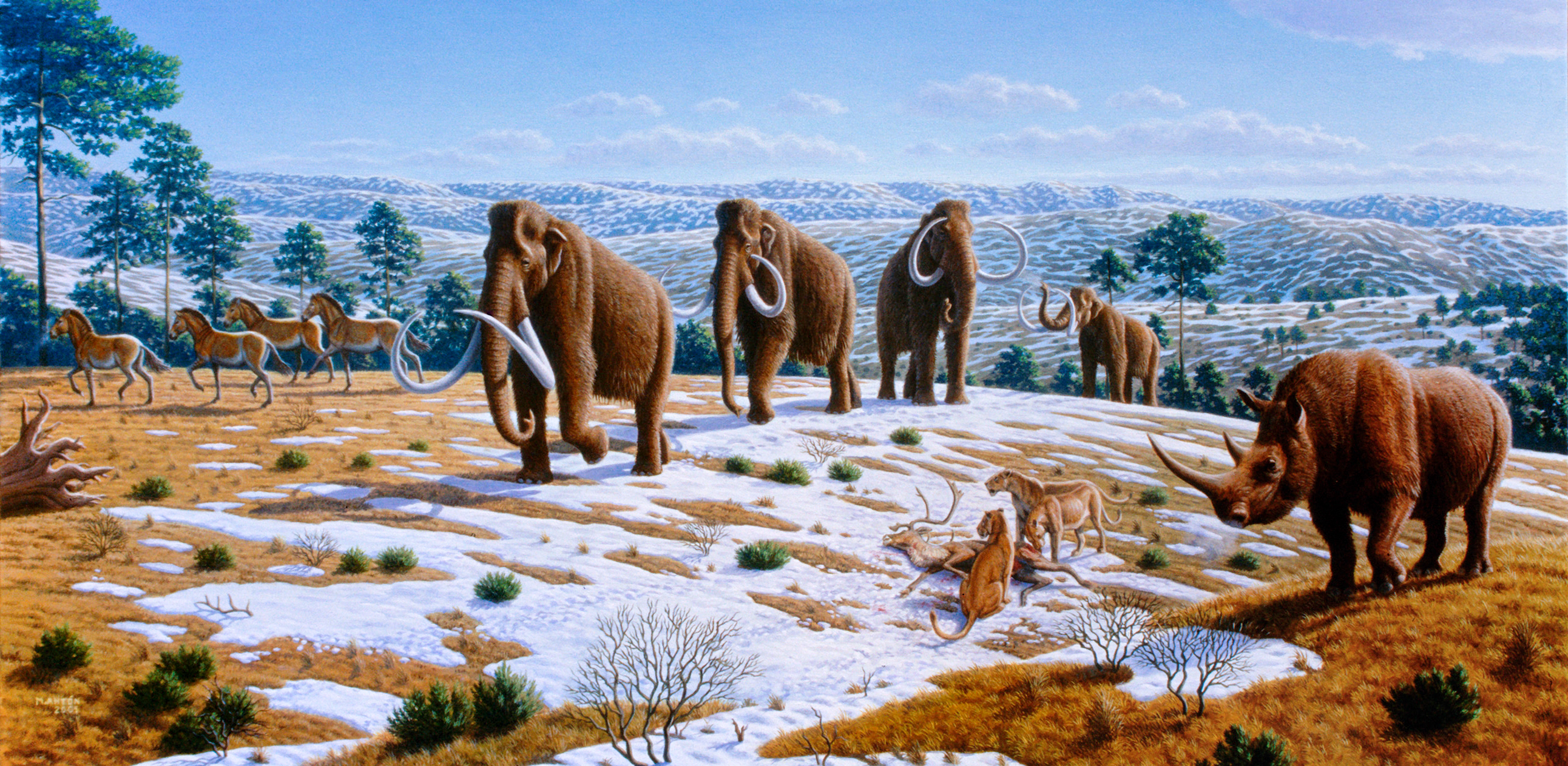
The woolly mammoth, probably the most well-known Ice Age animal, lived from about 400,000 years ago until roughly 10,000 years ago, with their appearance being the best known of any prehistoric creature due to many frozen specimens found with preserved soft tissue. These elephant-sized giants possessed remarkable adaptations that could prove invaluable in today’s world.
Surprisingly, woolly mammoths might thrive in our warming Arctic regions. These creatures played crucial roles as ecosystem engineers, maintaining grasslands by trampling landscapes, dispersing seeds, and enriching soils with their nutrient-rich dung, which scientists argue could help protect Arctic permafrost. Their thick fur and massive size would help them endure the still-cold Arctic winters, while their grazing habits could actually slow climate change by maintaining carbon-storing grasslands.
Saber-Toothed Cat: Apex Predator Potential
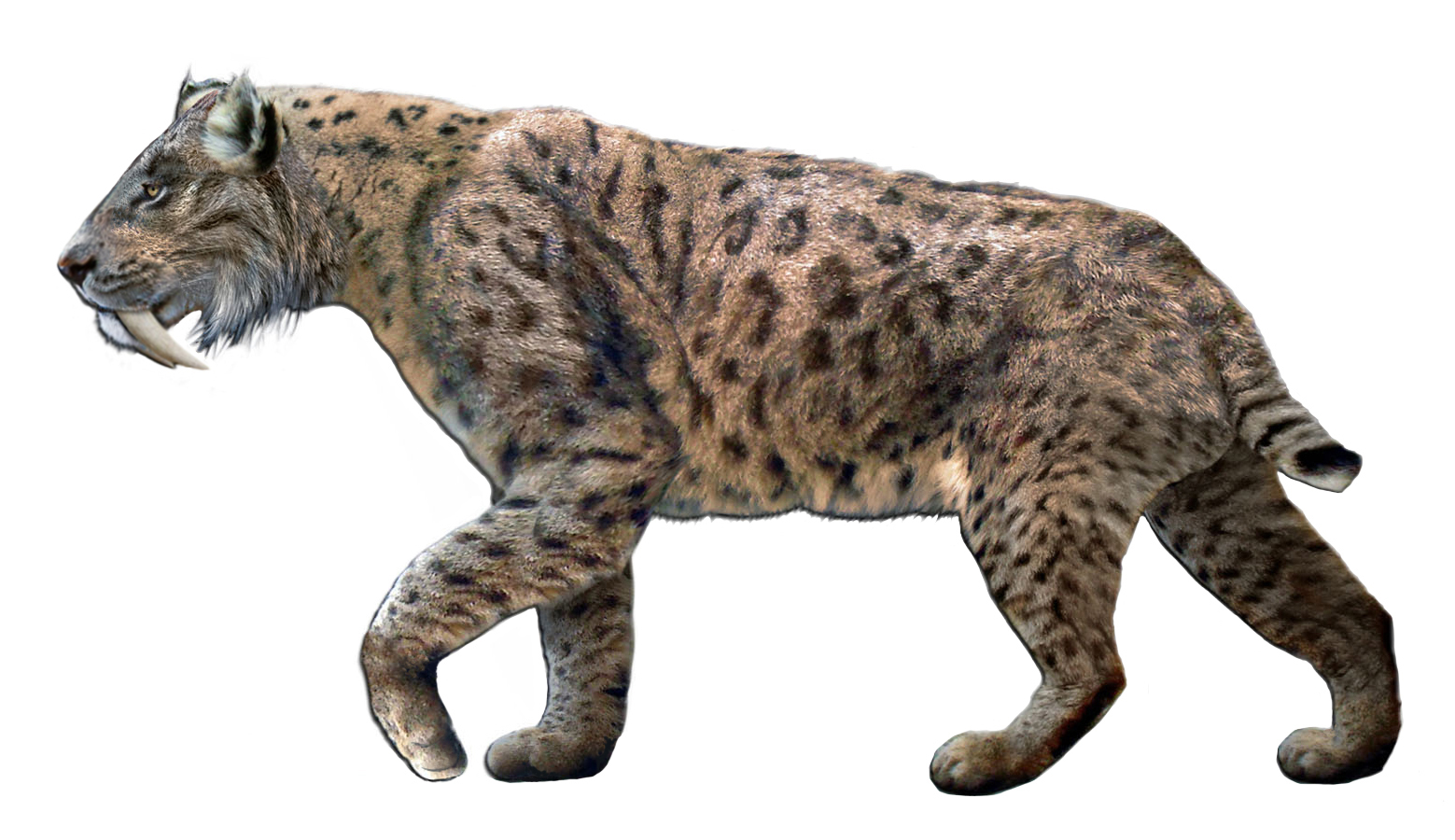
The saber-toothed tiger was a bulky member of the cat family with elongated blade-like canines, with three known species of the genus Smilodon, the largest being Smilodon populator weighing up to 400 kg. These massive predators grew as large as today’s male polar bears, reaching up to ten feet in length and weighing nearly a ton, with no natural predators as they hunted bison, mammoths, and mastodons.
In today’s climate, saber-toothed cats could potentially fill important ecological niches as apex predators. Their specialized hunting techniques and powerful build would make them effective controllers of large herbivore populations. However, their specialized teeth might have contributed to their original extinction as suitable prey became sparser and human presence increased competition for food.
Cave Bear: Versatile Omnivore Survivor
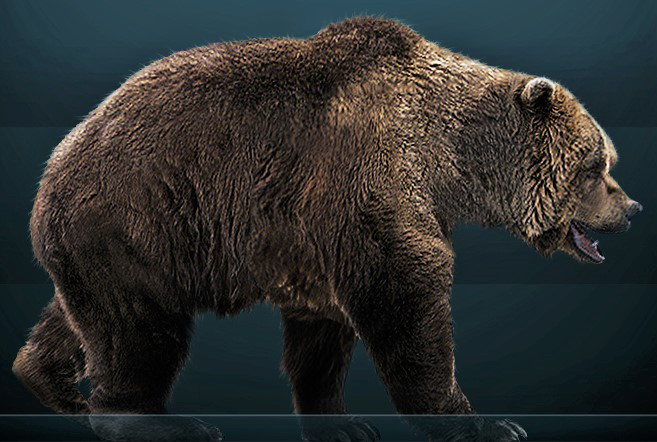
Cave bears were slightly more modest in size than some megafauna but still massive, weighing between 400 and 1,000kg, with the largest comparable in size to modern polar bears. These extinct relatives of brown bears were once widespread across Europe and Asia, with coat resembling brown bears but body mass rivaling polar bears, and they frequented caves for purposes beyond hibernation.
Cave bears would likely adapt well to modern climates due to their omnivorous diet and flexible habitat preferences. Unlike the highly specialized saber-toothed cats, cave bears could thrive in various environments from forests to mountains. Their ability to utilize caves for shelter and their diverse feeding habits would give them significant advantages in today’s changing world.
Giant Ground Sloth: Gentle Giant Gardener
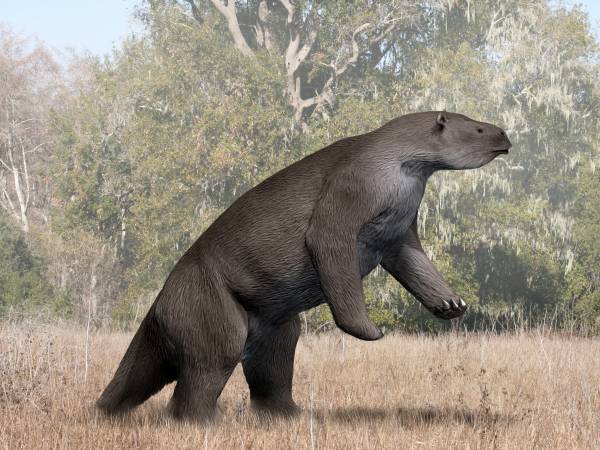
Giant ground sloths were vastly different from today’s sloths, standing at a whopping 3.7 meters when up on hind legs and weighing up to four tonnes, making them the largest bipedal mammals of all time. They lived in South American woodlands and grasslands from around 400,000 to 10,000 years ago, and despite their huge fearsome claws, they were vegetarians feeding on leaves and grasses.
These massive herbivores could serve as excellent ecosystem engineers in today’s world. Their enormous size and plant-based diet would make them ideal for maintaining open grasslands and preventing forest encroachment in areas where this is desirable. Their gentle nature and lack of aggression toward other species would make them relatively safe neighbors in modern ecosystems.
Dire Wolf: Pack Hunter Excellence
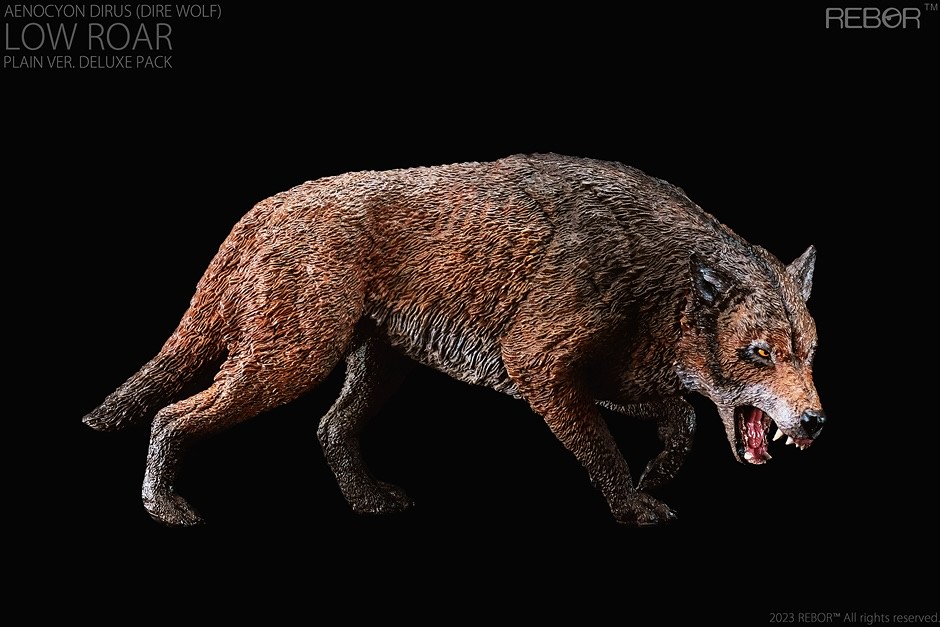
Dire wolves were real animals, not just fictional creatures, though recent genetic analysis revealed they weren’t actually closely related to grey wolves but were relatively closer to African jackals. These fascinating predators became extinct along with saber-toothed tigers and mammoths when the last ice age ended, were so different from today’s wolves that researchers want to create a unique classification for them, and hunted mammoths, horses, and bison.
Dire wolves would excel in today’s climate due to their pack-hunting strategies and adaptability. Their social structure and cooperative hunting methods would make them effective predators capable of controlling overpopulated herbivore species. Unlike solitary predators, their pack dynamics would allow them to adapt quickly to new environments and prey species.
Steppe Bison: Grassland Powerhouse

The steppe bison symbolized Ice Age resilience and has been found in near-pristine condition, with a notable specimen nicknamed “Blue Babe” retaining its fur and even claw marks from an ancient predator, possibly an American lion. These robust herbivores were perfectly adapted to harsh grassland environments and extreme weather conditions.
Modern grasslands and prairies would provide ideal habitats for steppe bison. Their hardy constitution and ability to survive in harsh conditions would make them excellent candidates for rewilding projects. They could help maintain grassland ecosystems while providing sustainable protein sources, similar to how modern bison are managed in conservation programs.
Cave Lion: Tundra Specialist
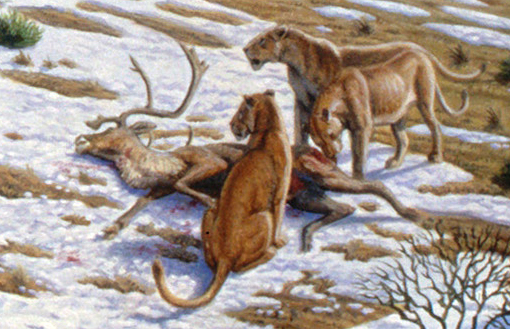
Cave lions were impressive animals, standing nearly 4 feet from the ground and growing to 7 feet in length, feeding on reindeer and bear cubs across a wide territory including Canada, Alaska, Eurasia, and China. Frozen cave lion cubs found in stunning condition dating back 30,000 years showed light, uniform coats suggesting adaptations to snowy tundra, with genetic testing providing insights into their relation to modern lions.
Cave lions would be well-suited to northern climates and tundra regions that are expanding due to changing weather patterns. Their cold-weather adaptations and powerful hunting abilities would make them effective apex predators in these environments. Their territorial nature would help maintain natural boundaries between different ecosystem zones.
Aurochs: Wild Cattle Pioneer
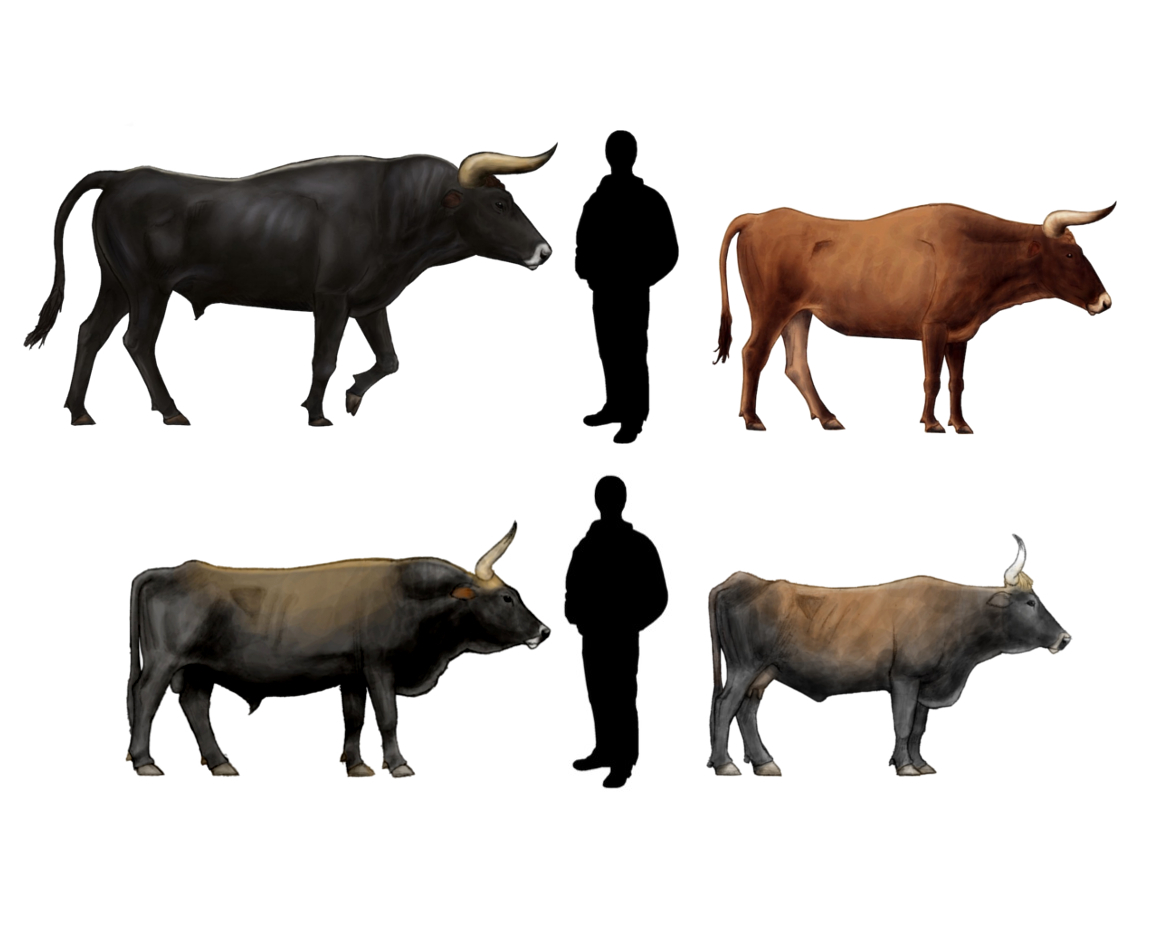
The aurochs, ancestors of modern domestic cattle, were massive wild bovines that roamed across Europe, Asia, and North Africa until relatively recently. These powerful animals were significantly larger and more aggressive than their domesticated descendants, standing over six feet tall and weighing up to 2,200 pounds.
In today’s climate, aurochs would thrive in temperate grasslands and forest edges. Their genetic similarity to modern cattle but with superior hardiness and disease resistance would make them valuable for both ecosystem management and sustainable agriculture. Several rewilding projects are already attempting to recreate aurochs through selective breeding of primitive cattle breeds.
American Cheetah: Speed Demon Survivor
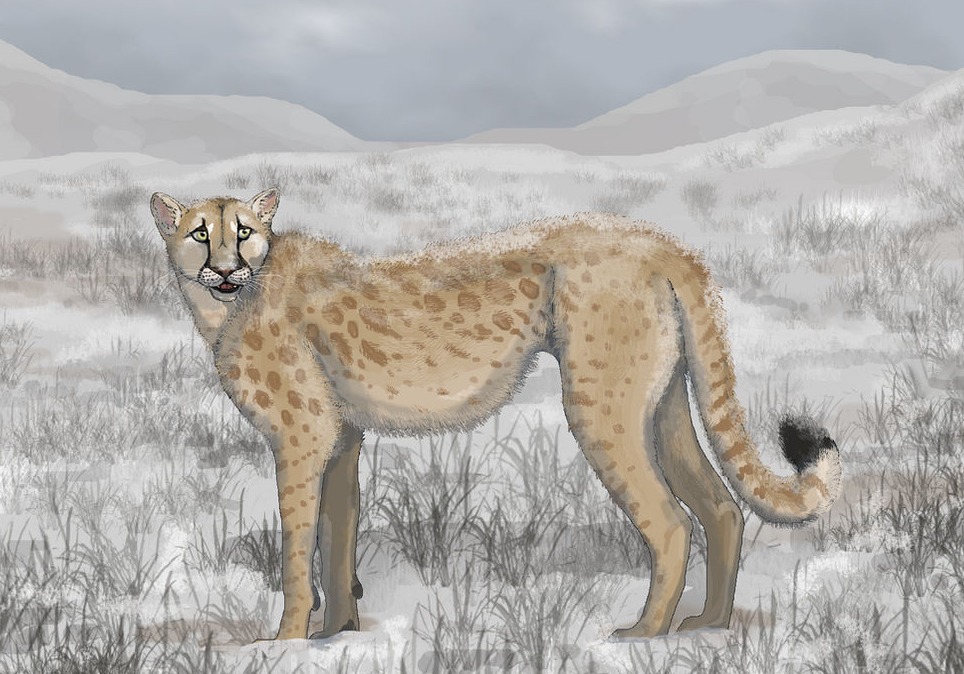
The American cheetah was a unique predator that roamed North America during the Pleistocene epoch. Unlike African cheetahs, these cats were more robust and adapted to varied terrain, from grasslands to woodland edges. They possessed incredible speed but were built more powerfully than their modern African relatives.
American cheetahs could potentially fill an important ecological niche in today’s western North America. Their speed and agility would make them effective hunters of medium-sized prey, helping control populations of deer, elk, and other herbivores. Their adaptability to different habitats would be crucial in our rapidly changing climate.
Irish Elk: Majestic Antler Bearer
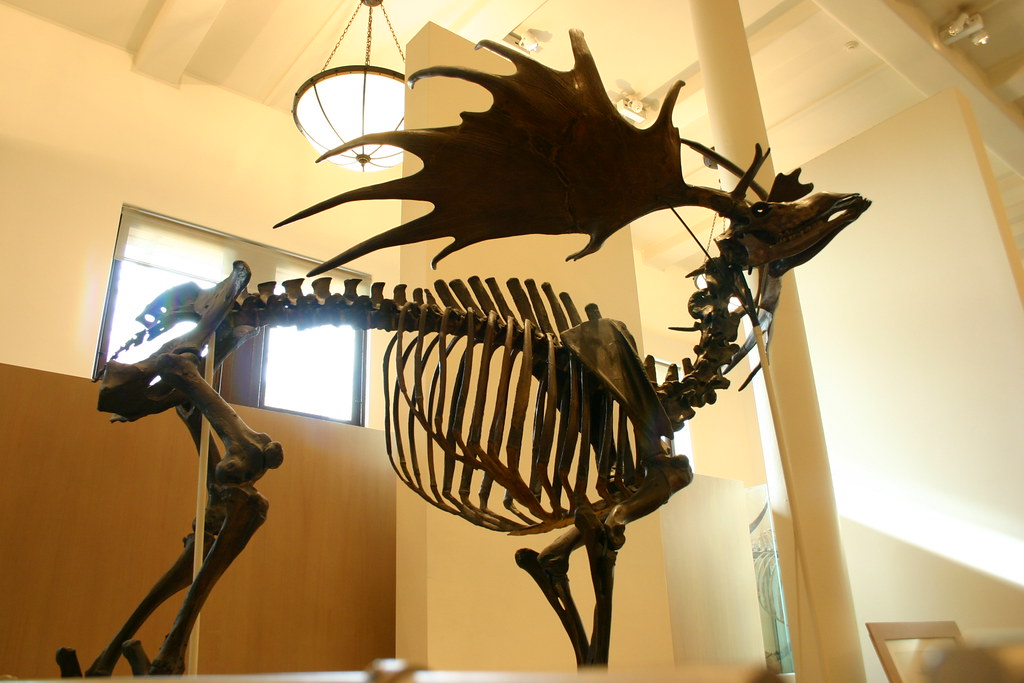
Despite its name, the Irish elk wasn’t exclusively Irish nor truly an elk, but rather the largest deer that ever lived. Males bore enormous antlers spanning up to 12 feet across, making them one of the most impressive mammals of the Ice Age. These giants roamed across Europe and Asia in various habitats from grasslands to open woodlands.
Irish elk could adapt well to modern European and North American landscapes where large open spaces still exist. Their impressive size and grazing habits would help maintain grassland ecosystems, while their selective feeding could promote plant diversity. However, their massive antlers might require habitat management to ensure adequate food resources during antler growth periods.
Conclusion
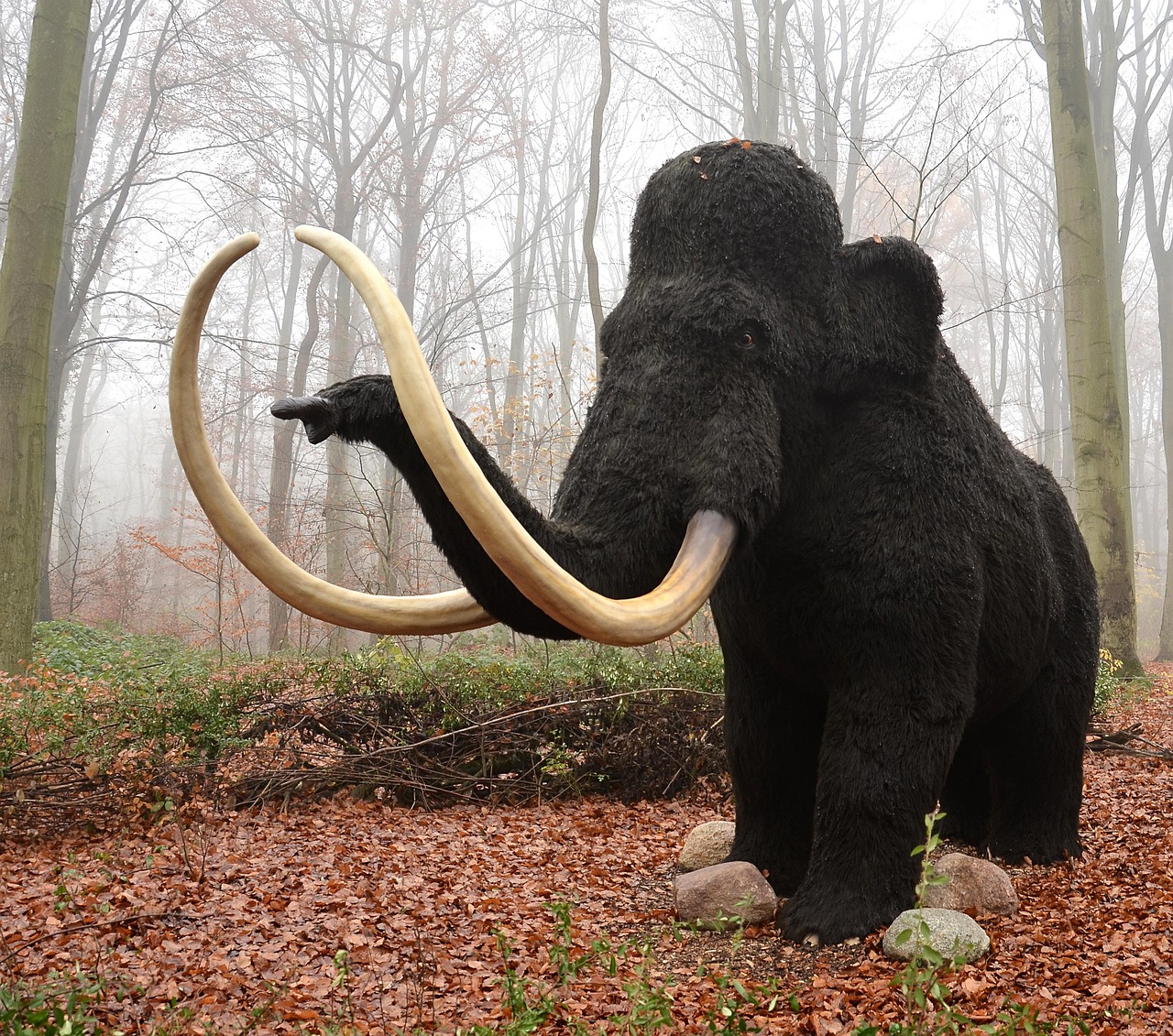
The fascinating possibility of these extinct giants surviving in our modern world reveals just how interconnected climate, ecosystems, and species adaptation truly are. Research shows that geographic range size was the strongest predictor of extinction risk, with species having larger ranges being significantly less likely to go extinct, while body size was also important with smaller-bodied species more likely to become extinct.
While we can’t bring these magnificent creatures back to life, understanding their potential for survival in today’s climate teaches us valuable lessons about conservation and ecosystem management. The species most likely to succeed would be those with flexible diets, broad habitat requirements, and strong social structures. What do you think about it? Tell us in the comments which extinct animal you believe would thrive most in today’s world.



